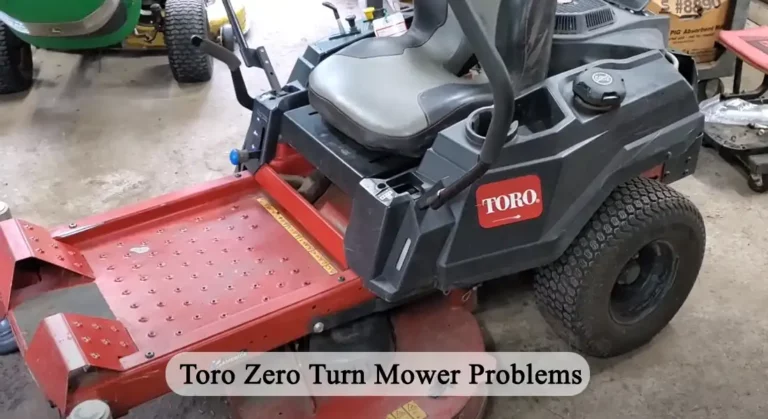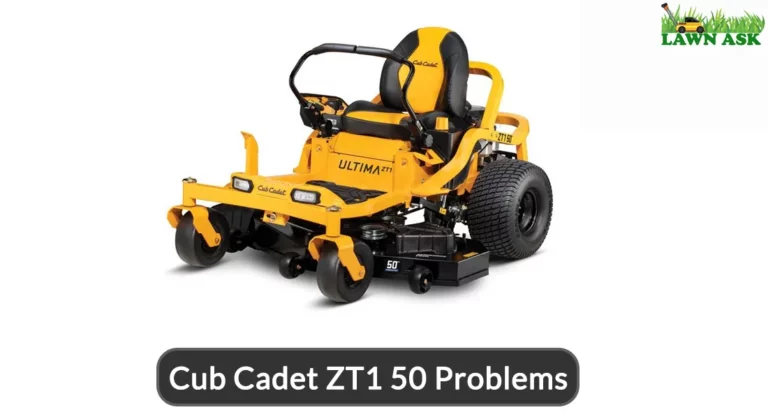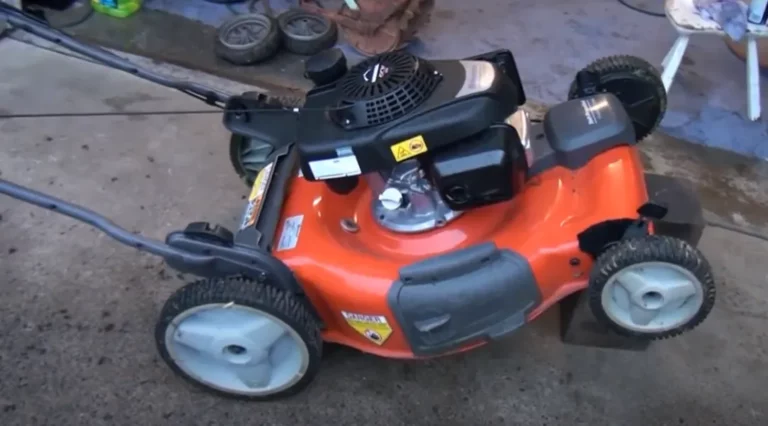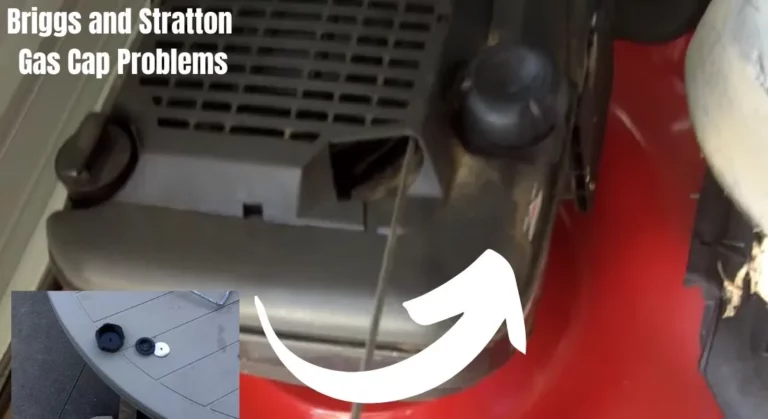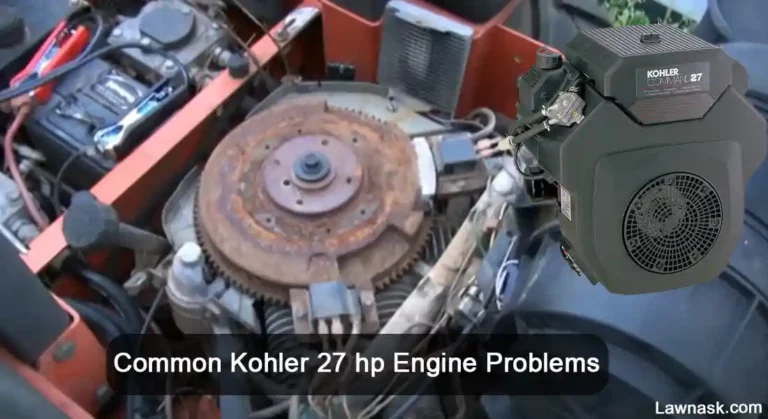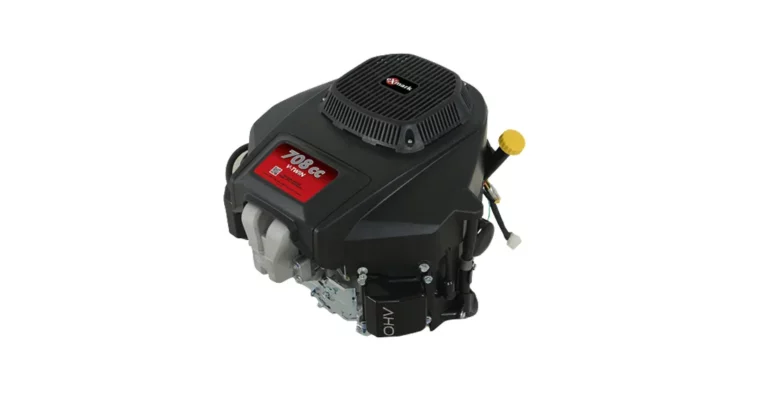John Deere Hydrostatic Transmission Problems and Their Fixes
John Deere is a well-known maker of hydrostatic transmissions that offer smooth operation, precise control, low maintenance, and reliable performance. However, this transmission system is also prone to fail and encounter various issues.
4 main reasons for John Deere’s hydrostatic transmission problems are:
- lack of oil or engine overheating
- Fluid or oil leakage.
- Worn-out or damaged transmission pump
- Faulty motor or other defective mechanical components.
Besides the mentioned reasons, there are various other potential causes behind John Deere’s hydrostatic transmission failure. Continue reading to find out more about the many reasons for this problem and how to solve them_
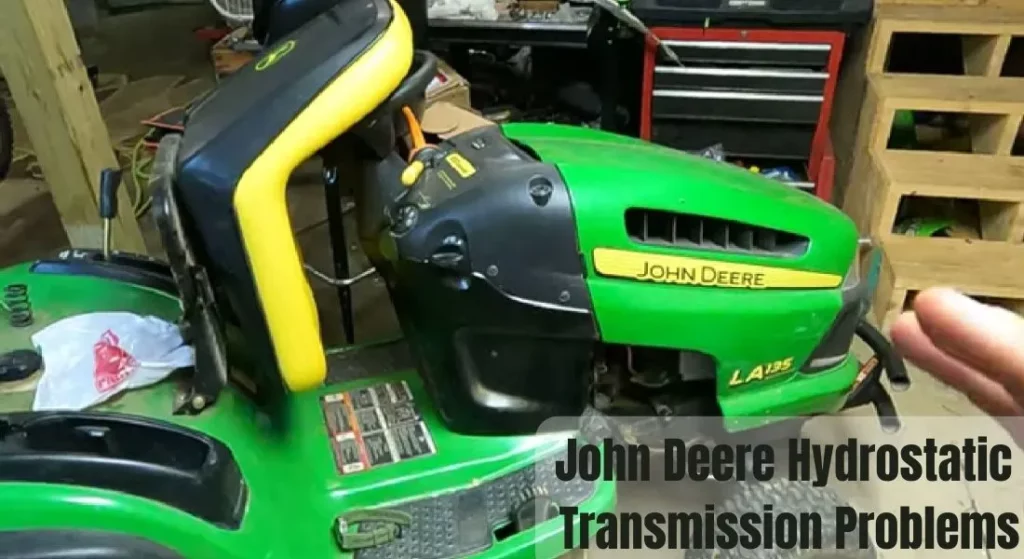
7 Signs of John Deere Hydrostatic Transmission Problems:
Once you notice any of the following symptoms, make sure to consider that as an early warning_
- Reduced speed or no responsiveness in acceleration.
- No movement when shifting the signals, or your John Deere not getting enough power.
- Hard to engage or change the forward or reverse gear.
- Fluid leaks from the hydrostatic transmission unit or excess vibration/erratic movements.
- Wheels keep spinning even in a neutral position.
- Unusual whining, grinding or squealing noises while shifting the gears.
- The Mower stumbles to move forward or backward.
Related Post: John Deere Vs Gravely: Which Is The Better Choice For Your Needs?
8 John Deere Hydrostatic Transmission Problems & How to Fix Them?
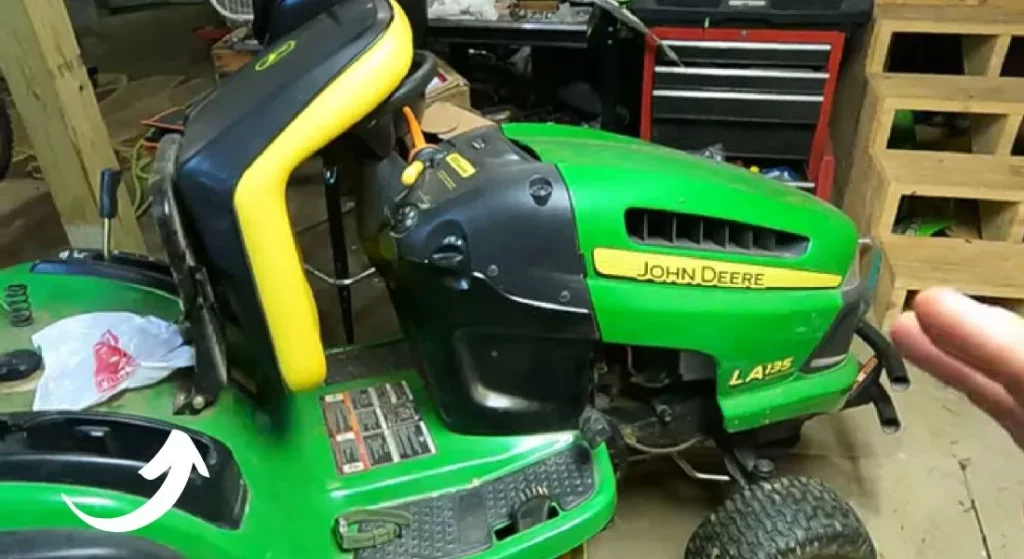
Immediately check the following fault areas to find out the exact problem_
1. John Deere Transmission Not Engaging Properly
This problem can occur due to either low hydraulic fluid levels or air in the system. If there’s an issue with the transmission drive belt, you might also encounter this non-moving or engaging problem.
What to Do:
Low hydraulic fluid level:
- Get access to your mower’s expansion tank to check the transmission fluid level. (Get directional help from your mower’s user manual)
- Verify whether the remaining fluid or oil is in the bottom line of the tank as you suspected.
- If the fluid level is in the low or cold line, turn the engine up and run it for 1 minute.
- Then recheck the oil level.
- Refill the tank with Hy-Gard™ Transmission and Hydraulic Oil if necessary.
Air in the system:
If air got into the hydrostatic transmission system and created the problem, air purge the hydraulic system.
2. John Deere Transmission Keeps Slipping Out of Gear
This transmission slipping problem arises due to worn/damaged hydrostatic parts and low or contaminated hydraulic fluid.
What to Do:
Worn or damaged Hydrostatic components:
- Check the tension of the transmission belt. If the spring seems loose, retighten it.
- If the spring looks broken or damaged, replace that spring. Add another spring to give extra tension.
- Also, replace the transmission belt if needed.
- Access the little charging pump, and you will see some seals underneath that. If those seals are bad, replace them.
- Inspect the actual pump and replace it if necessary.
Low or contaminated Hydraulic fluid:
- If you have low fluid, refill reservoirs with an adequate amount of oil or fluid.
- If you have contaminated fluid, disconnect the drive shaft.
- Locate the drain plug and remove the plug to drain out all the bad fluid and refill it with fresh fluid.
3. John Deere Transmission Making Unusual Clicking, Grinding, Or Whining Noises
If your John Deere makes such unusual noises during riding or mowing, it could be due to defective or worn-out internal parts such as splines, pulleys, clutch, pump, pump belt, or bearings.
It could also happen due to low hydraulic fluid levels or contamination in the system.
What to Do
Inspect all the potential parts or components directly related to your hydrostatic transmission and adjust, repair, or replace the parts as needed.
4. Slow/Sluggish Movement or No Movement:
There can be two scenarios:
- Your John Deere mower/tractor is not moving slowly or feels sluggish. It could be due to low hydraulic fluid levels or a clogged hydraulic filter/flush system blocking the fluid flow.
- Your John Deere completely fails to move or won’t move.
That could be due to leakage in the hydraulic system, faulty transmission drive belts, or pulleys.
What to Do:
- Check the fluid level and add more Hydraulic fluid if necessary.
- Inspect your John Deere hydraulic filter or flush the system and replace the filter if needed.
- Make sure the transmission drive belt is in good condition and tensioned properly. If it looks too bad, replace the belt.
- Inspect the pulleys and replace them if necessary.
- Fix the leak in the hydraulic system by replacing the charging pump cover & seal.
5. Having Steering Difficulty
If your John Deere is equipped with a hydrostatic or power steering system, you might encounter one of the following issues at some point_
- The steering only functions in one direction. It happens when one or multiple O-rings turn bad and leak.
- Excess friction and wear. It mostly arises due to damaged or broken bushings in the sector plate and defective gears.
- The hydrostatic steering keeps shutting off due to low fluid levels/contaminated fluid, or leaks in the system.
- Popping noise coming from the steering or wheels are not moving due to worn pinion at the bottom of your mower/tractor.
What to Do
Get access to your John Deere steering valve assembly to check the O-rings. If they are damaged, replace them or the entire steering housing.
Check the steering sector bushings, gears, and pinion to confirm they are in good condition. Replace them if necessary.
Add enough fluid to the reservoir or drain out the contaminated fluid to put fresh fluid, if needed
6. John Deere Abruptly Stumbles Forward or Backward
If your john Deere visibly stumbles when you suddenly try to shift forward or backward.
Or encounter a situation where your mower completely stops moving forward or reverse.
It mainly occurs due to either lack of Hydraulic fluid or contamination in the system.
What to Do:
- Confirm that there’s no fluid or leakage in the system to cause this problem.
- If the problem is still there, check the condition of your John Deere mower tires. If you find any flat tire, repair the tire.
- Also, make sure there’s no pin missing inside the tire’s wheel hub.
7. Wheels Spinning Without Engaging
Such a problem arises when one of the clutches in the hydrostatic transmission deteriorates.
So, check the condition of the transmission clutches. If they are bad, replace them.
8. John Deere Is Overheating
Due to fluid leaks in the hydrostatic transmission, the John Deere tractor tends to overheat or show the P0842 error code on the screen.
What to Do
Mostly the transmission fluid leak initiates from around the gaskets. So, do not forget to check the gaskets and if they caused the fluid leak, replace them.
Broken or worn transmission seals can also cause the fluid to leak, so check and replace them if that is the case.
Similarly, check all the potential trans parts to detect the actual area or part from where the fluid is leaking.
Related Post: John Deere Electric PTO Troubleshooting: Why the PTO Fails and What to Do
Frequently Asked Questions (FAQs)
How often should John Deere’s hydrostatic transmission fluid be changed?
John Deere recommends its consumers change the hydrostatic transmission fluid annually or after every 500 or 1000 hours of operation.
Does the John Deere S100 42-in 17.5-HP model feature a hydrostatic transmission system?
Yes, this riding mower model has a hydrostatic transmission.
Which fluid should I use in a John Deere hydrostatic transmission?
John Deere recommends its users use only John Deere Hy-Gard™ Transmission and Hydraulic Oil.
Can I use 20w50 in a John Deere hydrostatic transmission?
No, John Deere only recommends using John Deere Hy-Gard™ Transmission & Hydraulic Oil.
Can overloading damage John Deere’s Hydrostatic transmission?
Yes.
Related Posts:
- Learn how to fix common Exmark 708cc engine problems
- Discover effective solutions for fixing a Kohler engine blowing oil out breather
- Find solutions for 7 common Bad Boy mower transaxle problems
- Learn how to tackle the 6 most common Bad Boy Maverick problems
- Troubleshooting guide for resolving Bad Boy mower deck problems

